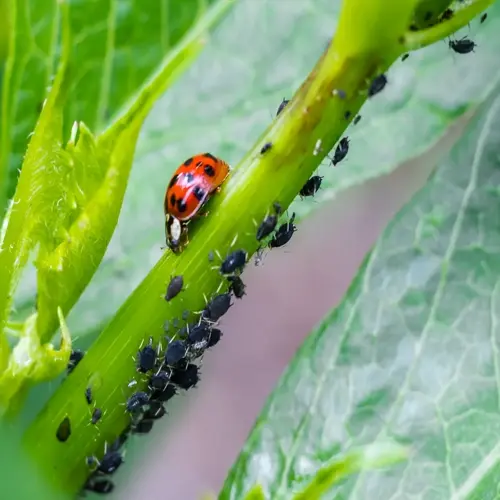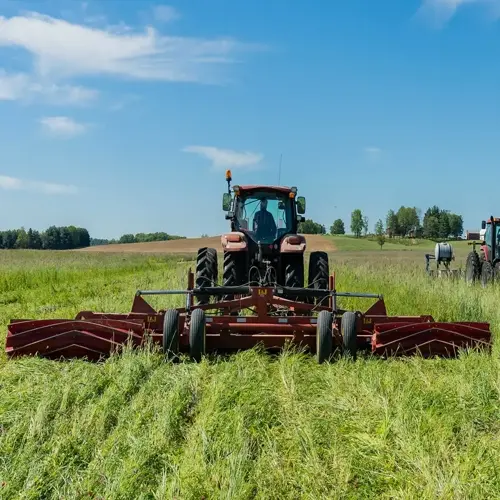What are the critical pruning techniques to master?

Written by
Nguyen Minh
Reviewed by
Prof. Samuel Fitzgerald, Ph.D.The effective use of pruning strategies changes the health and fruit production of trees. There are three basic strategies for pruning: thinning the canopy, heading for directional growth, and bench cuts for large limb removal. Each mode requires proper technique for success. I have been teaching this for fifteen years.
Thinning Cuts
- Purpose: Remove entire branches at their base
- Effect: Improves light penetration and air flow
- Application: Use on crowded or crossing branches
- Angle: Cut just outside branch collar tissue
Heading Cuts
- Purpose: Shorten branches between buds
- Effect: Stimulates bushy growth below the cut
- Application: Shape young trees and hedges
- Angle: 45° slope away from bud
Bench Cuts
- Purpose: Remove large limbs safely
- Steps: 1) Undercut 2) Top cut 3) Final collar cut
- Application: Branches over 3 inches diameter
- Caution: Prevents bark tearing
Branch collars have natural tissues in them that provide for the healing of the wound. Cutting flush with the trunk destroys this protective area. I recognize these as being the enlarged areas where branches connect with their trunks. Save these entirely. This prevents decayed substances from entering the tree's vascular system.
Angled cuts manage the water runoff. Position blades to create 45-degree slopes with the downward-facing side. The water runs off instead of pooling. I demonstrate this in the orchard classes. An improper angle will cause rot, leading to weakness in the branch over time.
Bench cuts avert disastrous bark tears in heavy branches. Start with an undercut 12 inches from the trunk. Make a top cut 2 inches farther out. Finish with a clean cut into the callus tissue. This 3-step method conserves trees during considerable reductions.
At any cost, avoid flush cuts, as they deprive the tree of its own mechanisms for healing. I have seen trees come down due to this one error. Use sharp tools that will make clean incisions. Ragged tears invite disease organisms to enter the heartwood.
Read the full article: Fruit Tree Pruning Guide: When and How to Prune

